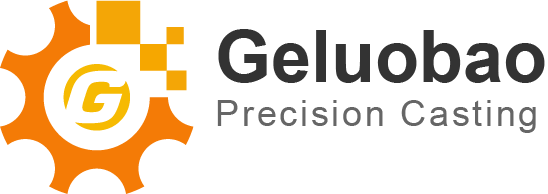The Intersection of Automated Casting and Lean Production
Classification: News
Time: 2025-11-18
Explore how automated casting and lean production are transforming the manufacturing industry, driving efficiency and innovation.
Introduction: The Future of Manufacturing
In today's fast-paced manufacturing landscape, staying ahead of the curve is crucial. Enter the dynamic duo of automated casting and lean production. These two methodologies are not just buzzwords; they represent a paradigm shift in how products are designed, produced, and delivered. Buckle up as we dive into the exciting world of automated casting and lean production!
What is Automated Casting?
Automated casting, or automated casting in Chinese, involves the use of advanced technologies to create metal components efficiently. By automating the casting process, manufacturers can achieve higher precision, reduce waste, and streamline operations. Imagine a world where every casting is nearly flawless—sounds dreamy, right?
Understanding Lean Production
Now, let's talk about lean production. This methodology focuses on minimizing waste while maximizing productivity. By eliminating non-value-adding steps, companies can not only save time but also cut costs. In essence, lean production is about doing more with less. It's like cleaning out your closet—when you remove the clutter, you find what truly matters!
The Synergy of Automated Casting and Lean Production
So, how do these two approaches work together? Well, when you automate the casting process, you inherently reduce the chances of human error. This leads to consistent quality, which is a cornerstone of lean production. By integrating automated casting with lean principles, manufacturers can enhance efficiency, improve quality, and ultimately boost their bottom line. Talk about a win-win situation!
Key Benefits of Automation in Casting
- Improved Accuracy: Automated systems ensure precise measurements and consistent results.
- Reduced Lead Times: Faster production cycles mean quicker turnaround for customers.
- Less Waste: Automation minimizes material waste, aligning perfectly with lean strategies.
Challenges to Consider
Transforming to automated casting and lean production presents challenges. The initial investment can be significant, but the long-term savings and efficiency gains typically justify these costs. Additionally, training staff for new technologies may be difficult, yet it ultimately results in a more skilled workforce.
Real-World Applications
Industries like automotive and aerospace are benefiting from the combination of automated casting and lean principles, with one automotive manufacturer reporting a 30% reduction in production time. The integration of these methods is set to shape the future of manufacturing, especially with advancements in AI and machine learning leading to smarter systems. This synergy enhances operational efficiency and fosters innovation, encouraging businesses to adapt and thrive in the evolving manufacturing landscape.
Keywords: The Intersection of Automated Casting and Lean Production
More News
Company News
-
Our processes and corporate advantages
Time:2025-05-26
-
How to extend the service life of chemical pump body?
Time:2025-05-24
-
Chemical pump body of the core application areas and scene analysis
Time:2025-05-05
-
What is the impact of the pump body material of a multistage pump on the pump's performance?
Time:2025-05-07
-
Application areas of multistage pump bodies
Time:2025-05-26
-
What is the best material for corrosion resistance of double suction pump body?
Time:2025-05-26
-
Double-suction pump bodies performance characteristics and installation and maintenance
Time:2025-04-10

